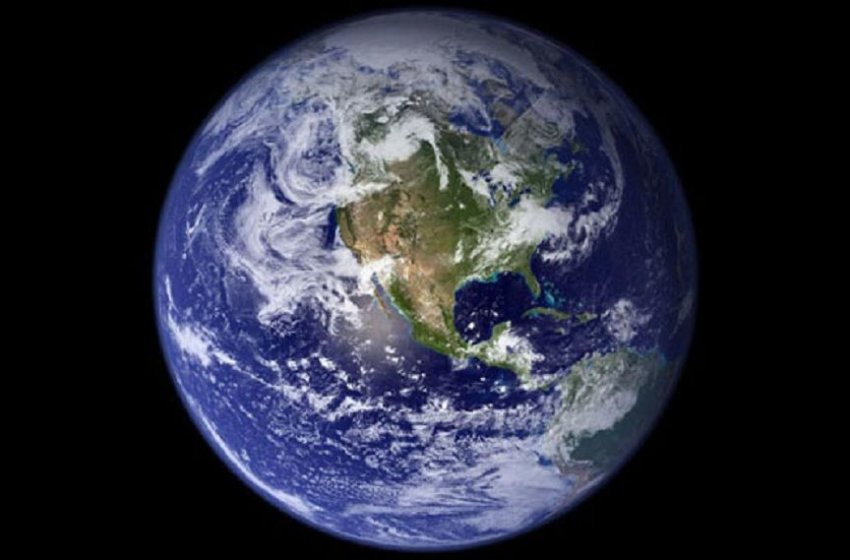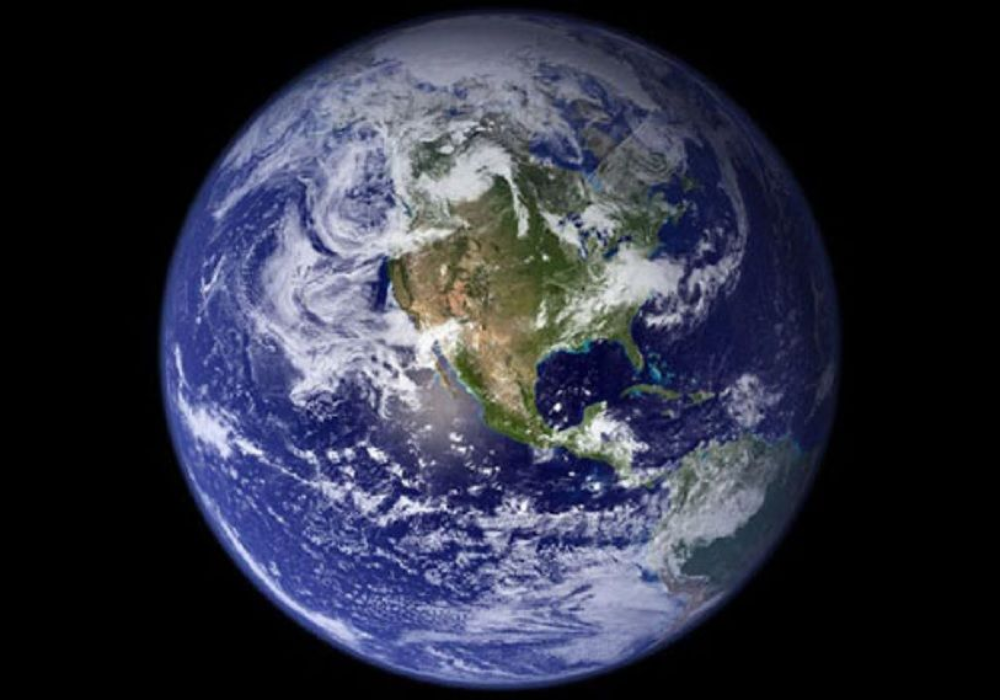The sun is just a little bit closer in Earth’s sky right now.
Earth is at its closest to the sun Tuesday (Jan. 4) in its 365.25-day journey. This milestone, called perihelion, coincidentally happens near the start of the Gregorian calendar year observed by much of the world, including in North America.
The exact moment of perihelion this year occurred at 1:52 a.m. EST (0652 GMT), according to EarthSky. Earth was about 3 million miles (5 million kilometers) closer to the sun than it is at aphelion, when it is farthest from the sun, which takes place in early July. That variation is relatively small compared to Earth’s average distance from the sun of 92,955,807 miles (149,597,870 km).
Related: The top 10 views of Earth from space
Perihelion and aphelion don’t cause the seasons — those happen due to the tilt of the planet’s axis — but these orbital milestones do affect the seasons’ duration. When Earth is farther from the sun, it moves a little slower in its orbit than it does during the close approach, which causes the northern hemisphere’s winter to be about five days shorter than its summer.
That orbital behavior is explained in the second law of planetary motion formulated by astronomer Johannes Kepler during the 17th century.
Based in part on early telescopic observations by astronomer Tycho Brahe, Kepler realized that planets travel in ellipses, rather than the perfect circles imagined by many previous astronomers. Kepler figured out that an invisible line connecting a planet to the sun swept out an equal amount of area over the same amount of time during a planet’s journey around the sun. This characteristic means that a planet needs to travel faster when it is closest to the sun and slower when it is farthest; the speed difference was later explained further by theories of gravity.

Winter will still feel rather cold in the northern hemisphere, though, even with the shorter distance to the sun.
“Even when you take into account that difference in distance between aphelion and perihelion, there’s only about a 7% difference in average global [solar energy] that we receive,” Walter Petersen, a research physical scientist in the Earth science branch at NASA’s Marshall Space Flight Center, told Space.com in 2018. “And so it doesn’t amount to a great deal in terms of weather.”
Follow Elizabeth Howell on Twitter @howellspace. Follow us on Twitter @Spacedotcom and on Facebook.










